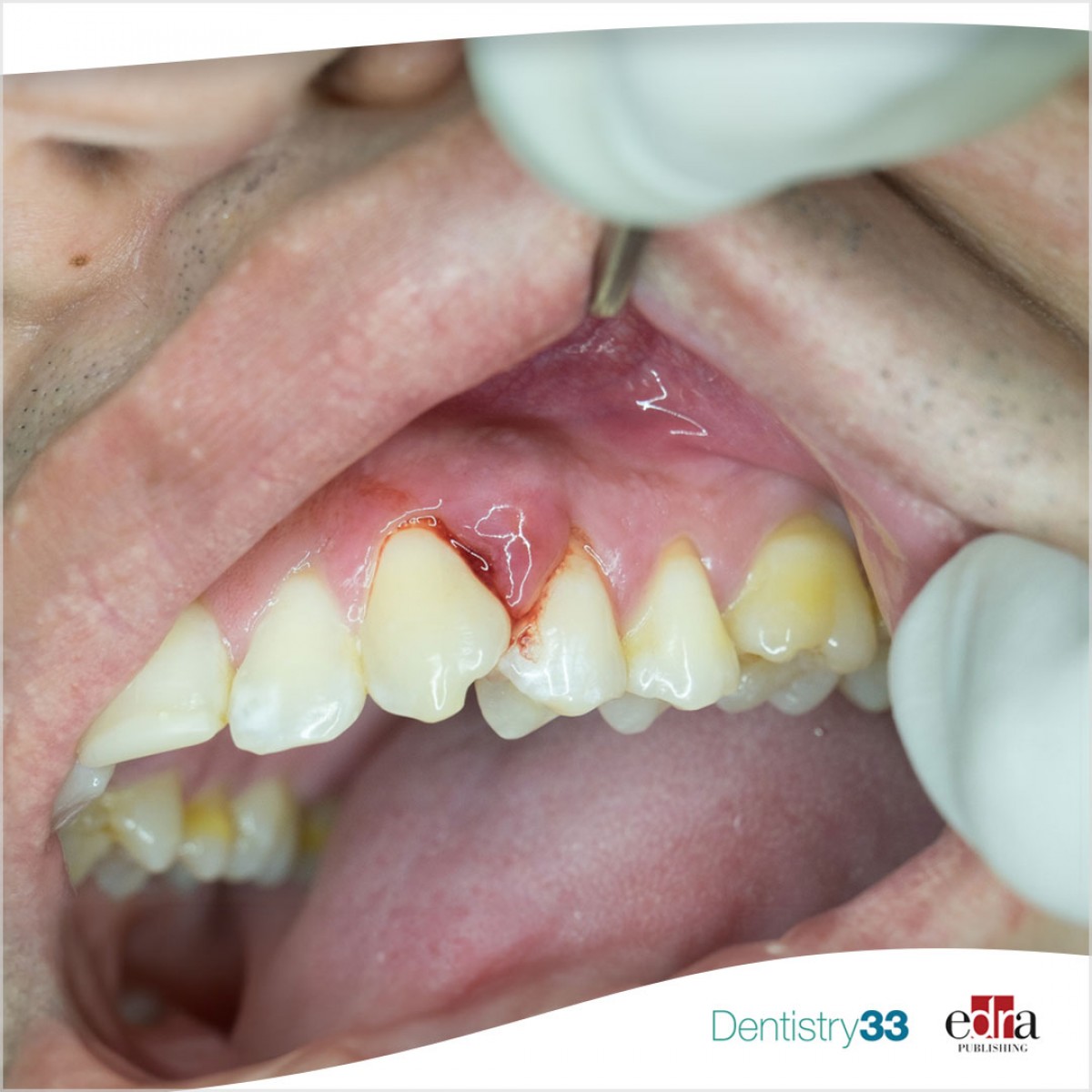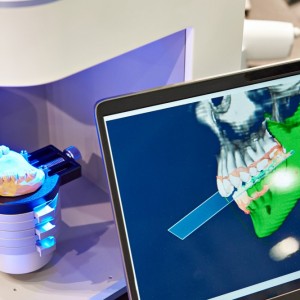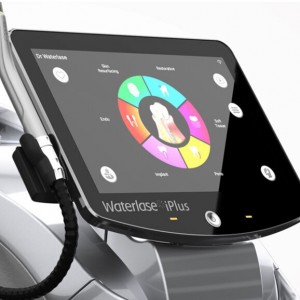
Artificial intelligence in the diagnosis of gingivitis
Lara Figini
Periodontal disease is a chronic inflammatory disease that affects the periodontium and is classified into gingivitis and periodontitis with reversible and irreversible tissue damage. The prevalence of periodontal disease is estimated to be over 50% worldwide and nearly one third are severe cases, defined as clinical attachment loss greater than five mm and bone loss greater than 30%, according to the World Health Organization.
Periodontal disease is caused by the accumulation of plaque or biofilm along the gumline, resulting in localized gingival inflammation and ongoing host response. It is difficult to maintain satisfactory plaque control by patients without ongoing supervision by a professional hygienist or dentist. Artificial intelligence can be used to provide a visual check and automated continuous advice via intraoral photographs.
There are currently several network architectures used to detect gingivitis via intraoral photographs with accuracy ranging from 0.47 to 0.83, with 1.00 being the maximum accuracy value. The accuracy of any diagnostic system for clinical use should be as high as possible, and the precision should be at least 0.90 or better for clinical use.
The purpose of the following study was to accurately predict the gingival health status, in terms of sensitivity and specificity, through a new artificial intelligence system built with DeepLabv3+, after training with an adequate number of intraoral photographs.
Materials and methods
In a study published in the International Dental Journal in April 2023, the authors developed and validated a new artificial intelligence system that can be used to diagnose gingivitis via intraoral photographs without the intervention of the human eye. The authors collected front view intraoral photographs that met the inclusion criteria. In this study the artificial intelligence network architecture used was DeepLabv3+, based on Keras (v2.12, Google LLC) with TensorFlow 2 (v2.9, Google LLC). This neural network is highly transferable and offers multiple pre-trained control points to facilitate learning of the datasets.
Along the gingival margin, the gingival condition of individual sites was labeled as healthy, diseased, or questionable. Photographs were randomly assigned as a training or validation data set. Training datasets were fed into the new AI system and its accuracy in detecting gingivitis including sensitivity, specificity and intersection mean. Accuracy was reported according to the STARD-2015 statement.
Results
A total of 567 intraoral photographs were collected and recorded, of which 80%. used for training and 20% for validation. Regarding the training datasets there were a total of 113,745,208 pixels with 9,270,413; 5,711,027; and 4,596,612 pixels labeled as healthy, ill and doubtful respectively. As for the validation datasets, they were 28,319,607 pixels with 1,732,031; 1,866,104; and 1,116,493 pixels labeled healthy, sick, and doubtful, respectively. The AI correctly predicted 1,114,623 healthy and 1,183,718 diseased pixels with a sensitivity of 0.92 and a specificity of 0.94. The average intersection on system join was found to be 0.60 and above the commonly accepted threshold of 0.50.
Conclusions
From the data of this study, which must be confirmed in other similar studies, it can be concluded that artificial intelligence could identify specific sites with and without gingival inflammation, with high sensitivity and high specificity on par with human visual examination.
For more information: "Accuracy of Artificial Intelligence-Based Photographic Detection of Gingivitis."
 Tag
Tag
 Related articles
Related articles
Periodontal disease is a chronic inflammatory disease that affects the periodontium and is classified into gingivitis and periodontitis with reversible and irreversible tissue damage.
Engineers at the University of Cincinnati have developed a new device that can warn consumers about early risks of tooth decay from diseases such as gingivitis and periodontitis.
There is growing evidence in the literature that frequent bacteremia due to plaque and tartar is probably associated with an increased risk of infectious endocarditis.
Oral Hygiene & Prevention 02 May 2023
The toothpaste with EVOO, xylitol and betaine obtained the best outcomes in patients with gingivitis, showing reductions in gingival bleeding and supragingival biofilm and an increase in pH at four...
Dental technology 03 October 2022
Israeli startup BioChange has developed a breakthrough technology for tissue regeneration. This new technology, known as ReGum, was found to successfully treat periodontitis — gum recession disease...
 Read more
Read more
Digital Dentistry 05 December 2025
Artifact-resistant superimposition of digital dental models and cone-beam computed tomography images
Combining the maxillofacial cone-beam computed tomography (CBCT) model with its corresponding digital dental model enables an integrated 3-dimensional (3D) representation of skeletal structures,...
Editorials 05 December 2025
Rural dental residency program receives a lifeline from donor organizations
When federal funds to HSDM’s rural residency program went unpaid, a coalition of regional partners stepped up to secure the program’s future.
Products 05 December 2025
VideaHealth, the leading dental AI platform, recently announced the appointment of Austen Asadorian as Chief Revenue Officer. With two decades of experience scaling high-performing organizations,...
News 05 December 2025
VELMENI, a global leader in artificial intelligence (AI) solutions for dental care, and Jazz Imaging, an innovative provider of dental imaging systems, recently announced a strategic partnership...
News 05 December 2025
BIOLASE, the global leader in dental lasers, announced its participation in the 2025 Greater New York Dental Meeting (GNYDM), taking place November 28–December 3 in New York City.















